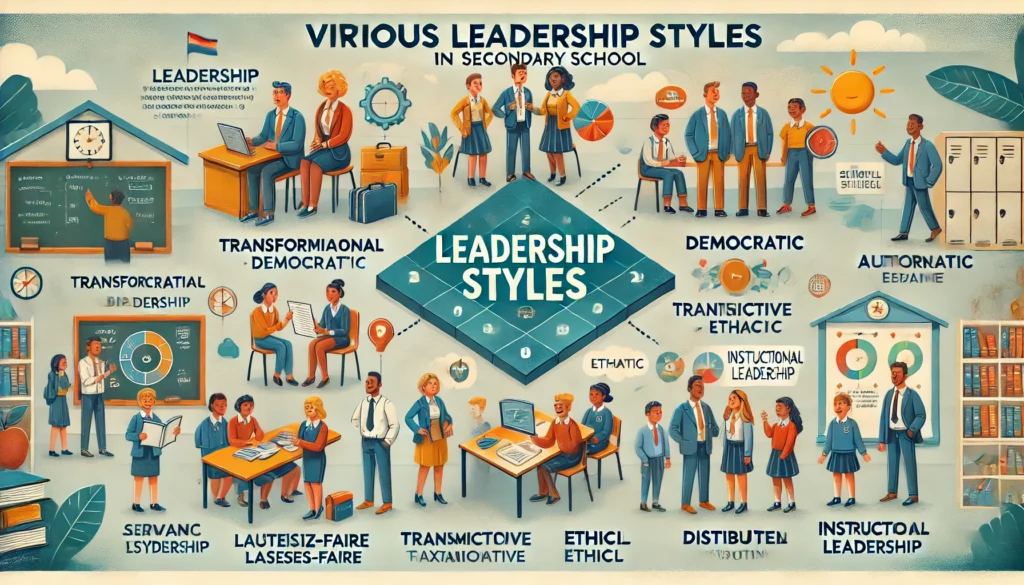The classroom is just one part of a student’s world. To effectively support their growth and learning, teachers must look beyond the school walls and engage with the vibrant community that surrounds them. ‘Understanding Your School Community’ is not just a phrase; it is a crucial element of effective teaching. By exploring the unique characteristics, challenges, and strengths of your school’s community, you can foster a more relevant, supportive, and engaging learning environment for every student. This guide outlines practical strategies for teachers to build connections and gain valuable insights into the communities they serve.
The Importance of Understanding Your School Community
It is essential for teachers to understand the communities they serve. Students arrive in our classrooms with diverse backgrounds and experiences, which shape their perspectives and needs. By understanding the community, we can connect with students on a deeper, more personal level. Learning becomes more meaningful when we incorporate real-life examples and stories from students’ own experiences, fostering a sense of belonging and engagement.
Additionally, a teacher who understands the community is better positioned to support students both academically and emotionally. Identifying behavioural patterns can highlight underlying issues. For example, persistent absenteeism might indicate financial hardship, or changes in a student’s demeanour could suggest experiences of bullying linked to their background. By recognising these signs, we can intervene proactively, connect families with vital resources, and create a safer, more supportive learning environment.
Immersing Yourself in the Community
Exploring Local Businesses and Community Centres
Take time to visit local businesses and community centres, from family-run shops to cultural hubs. These places are often at the heart of the neighbourhood, providing insights into the local culture and economy. Engage with the people you meet; even a brief conversation can offer valuable perspectives.
Visiting Libraries and Parks
Local libraries and parks are popular gathering places for families and individuals. Observe interactions, languages spoken, and activities enjoyed. These insights can help you understand the community’s social dynamics and cultural diversity.
Exploring Online Resources
Utilise online platforms such as community websites, social media groups, and local news outlets to stay updated on current events, challenges, and opportunities within the community.
Demographic Data
Review local census data and government reports to gain a deeper understanding of the community’s demographics, income levels, and educational attainment. This information provides valuable context for your observations.
Building Meaningful Relationships
Collaborating with School Staff
Talk to the school staff members. These individuals often have strong community links and valuable knowledge that can enhance your understanding.
Considering Student Perspectives
Incorporate student voices into your exploration of the community. Facilitate discussions that allow students to share their experiences and insights.
Key Considerations
Cultural Sensitivity
Approach your exploration with an open mind and a commitment to cultural sensitivity. Avoid making assumptions or generalisations based on stereotypes.
Active Listening and Continuous Learning
Understanding your school community is an ongoing journey, not a one-time event. It requires a commitment to active listening, cultural awareness, and a genuine desire to connect with the people who shape your students’ lives.
By embracing these strategies, teachers can transform their classrooms into hubs of community connection, fostering a sense of belonging and empowering students to thrive. A strong understanding of your school community is an investment in your students’ futures and a testament to your dedication as an educator.
Want to continue your journey of self-discovery? Subscribe to our blog for more insightful articles. Share your thoughts and experiences in the comments below, and don’t forget to explore more valuable content on our site!
Found this information thought-provoking? Click ‘Next’ or ‘Previous’ below to dive deeper into this topic!



